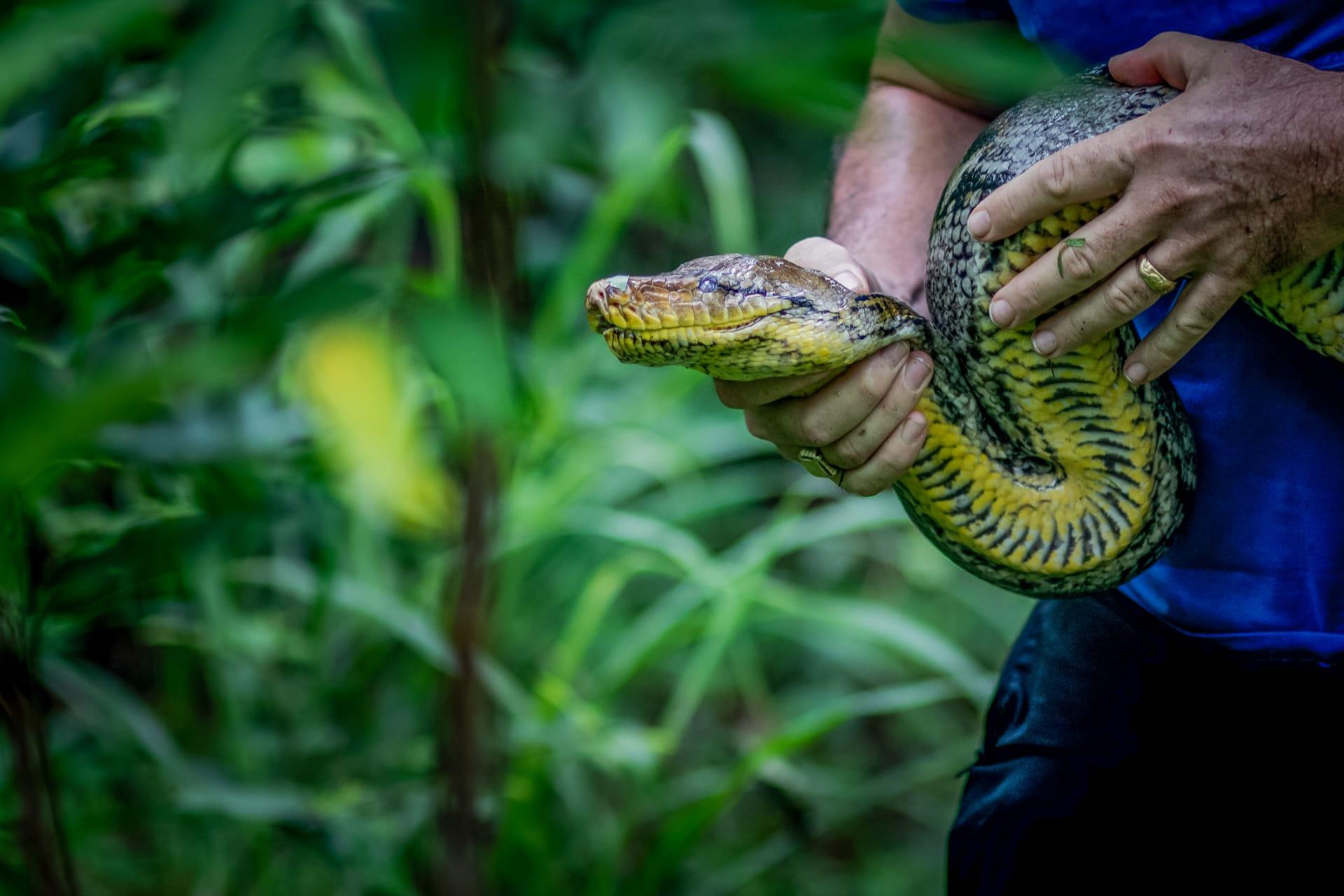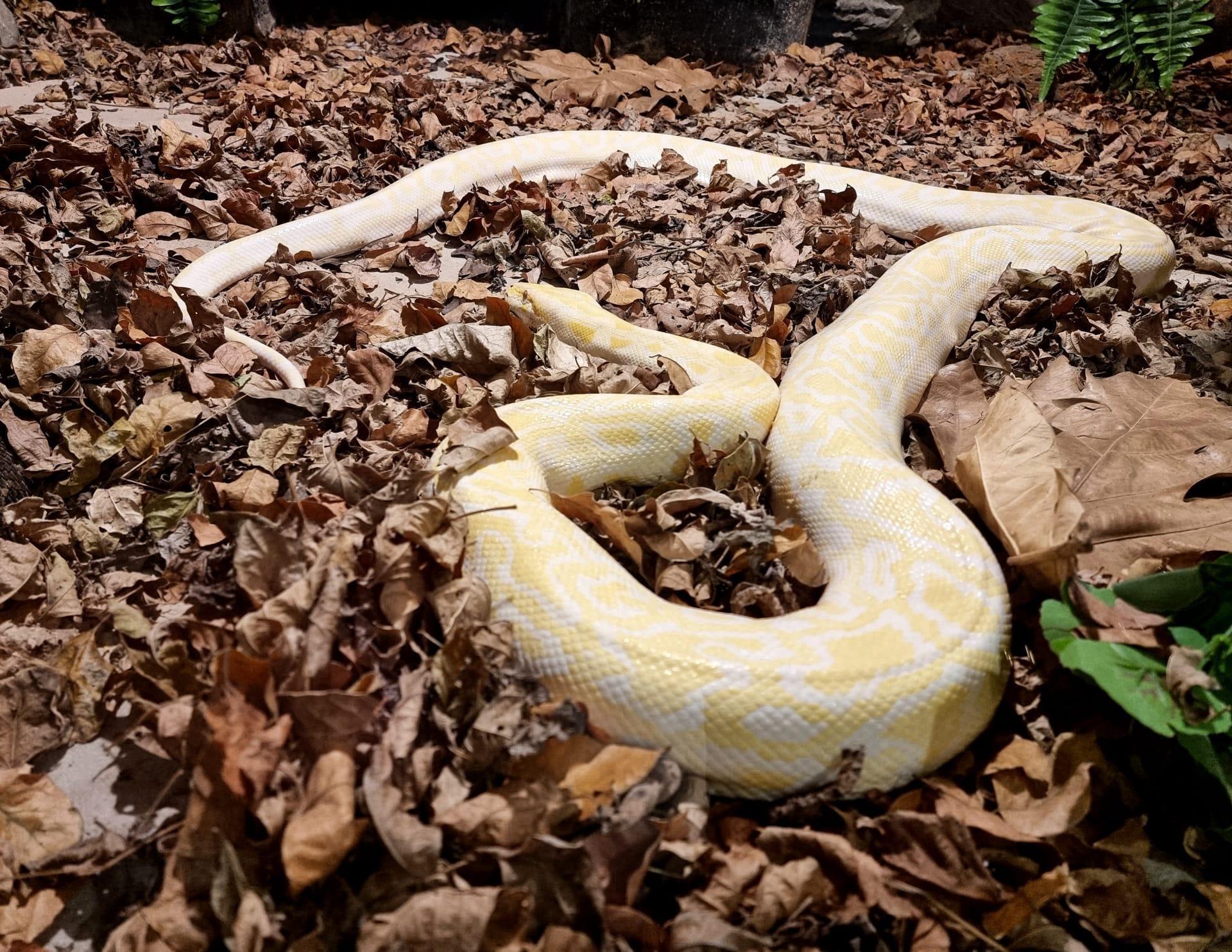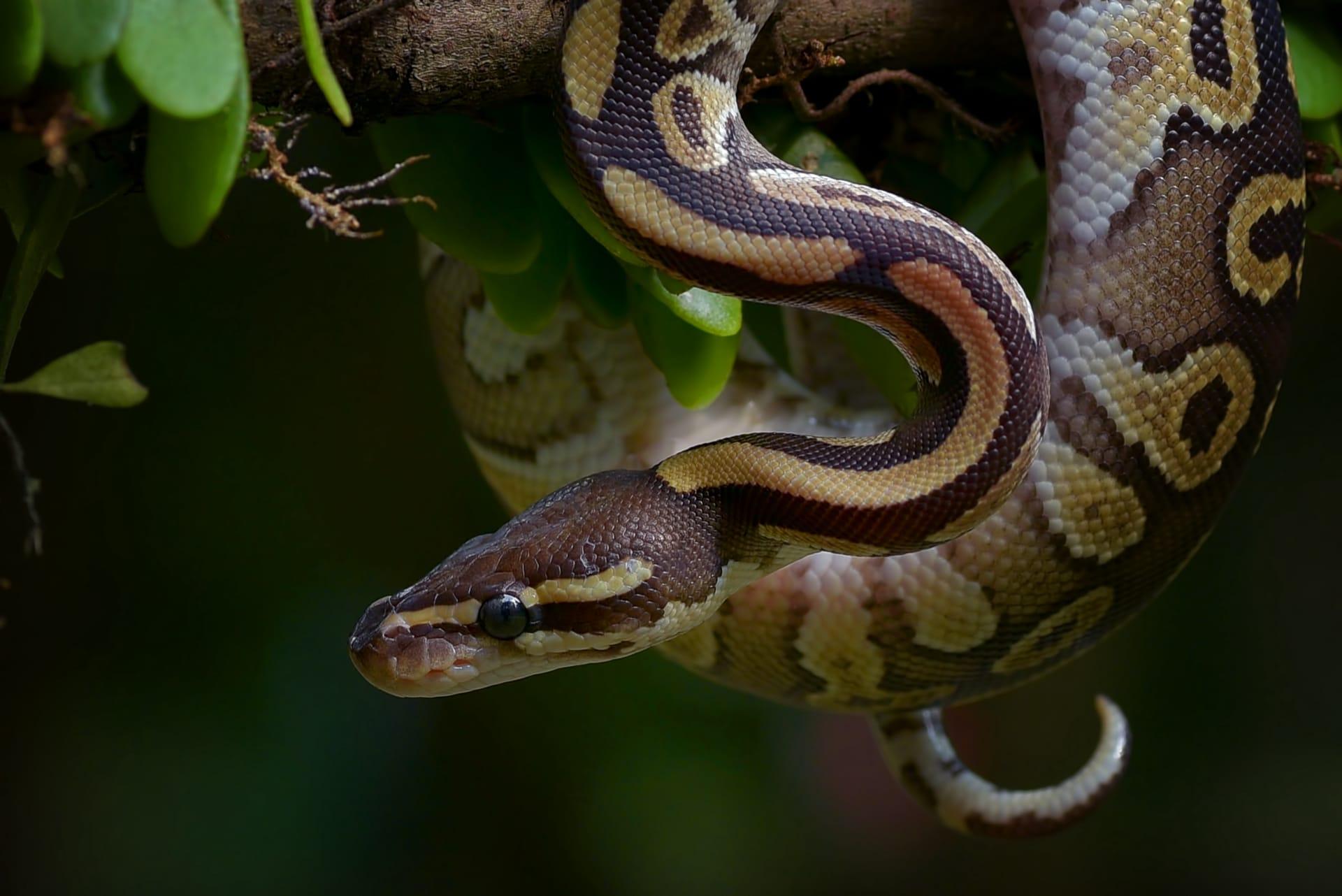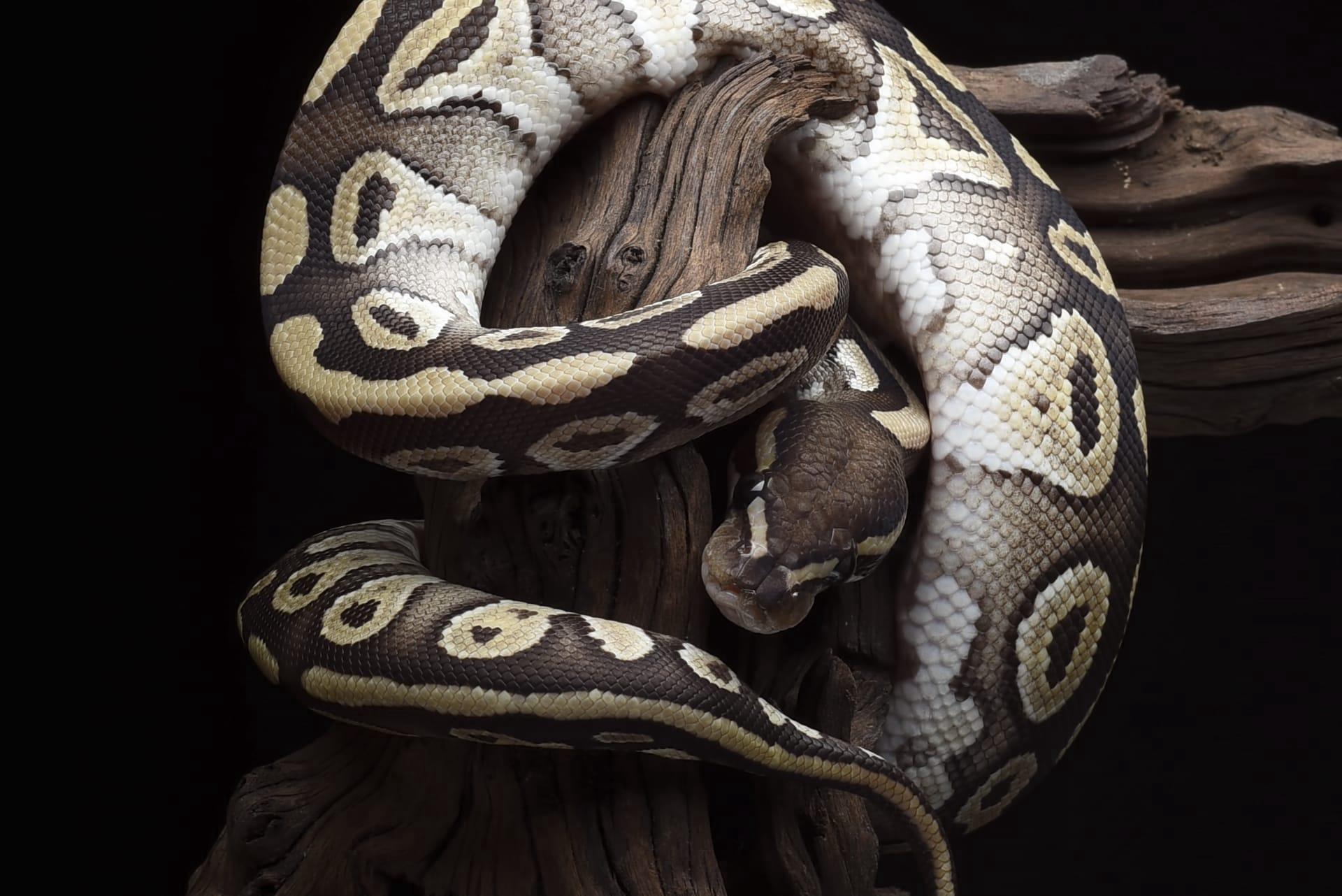Big Snakes
- Home /
- Mini Encyclopedia /
- Animal /
- Big Snakes
1
Big snakes, a group that includes some of the largest and most fascinating reptiles on Earth, belong primarily to two families: Boidae and Pythonidae. Boas, from the family Boidae, are found in the Americas, Madagascar, and some Pacific Islands. Pythons, members of the Pythonidae family, are native to Africa, Asia, and Australia. Among these, the reticulated python (Python reticulatus) of Southeast Asia holds the title for the longest snake in the world, reaching lengths of up to 6.95 meters (22.8 feet). The green anaconda (Eunectes murinus) of South America, although not as long, is considered the heaviest, sometimes weighing over 227 kilograms (500 pounds).
In terms of distribution, these giants occupy a diverse range of habitats. Pythons are often found in tropical and subtropical regions, thriving in rainforests, grasslands, and even semi-arid areas. They are particularly common in Southeast Asia, with species like the Indian python (Python molurus) extending their range to the Indian subcontinent. Boas, on the other hand, are primarily found in Central and South America. The Amazon basin, with its dense rainforests and extensive river systems, is a hotbed for species like the green anaconda. Boas also inhabit North America, with the boa constrictor (Boa constrictor) being found as far north as Mexico.

2
Question: Do big snakes, such as pythons and anacondas, commonly attack and consume humans?
Answer: This is a widespread misconception. While it is true that large snakes like pythons and anacondas are capable of attacking humans, such incidents are extremely rare. These snakes typically hunt animals like rodents, birds, and occasionally larger mammals. Human attacks are usually defensive rather than predatory. Factors such as habitat destruction and encroachment can lead to increased encounters between humans and these large reptiles, but attacks remain uncommon. Studies suggest that these snakes are far more interested in avoiding humans than confronting them.

3
Big snakes, especially pythons and anacondas, employ unique survival strategies. One key tactic is their mode of predation: constriction. These snakes coil around their prey, tightening their grip with each breath the victim takes, eventually leading to suffocation. This method allows them to take on relatively large prey. Another strategy is their ambush hunting technique. Big snakes are masters of camouflage, blending seamlessly into their surroundings to surprise their prey. They can remain motionless for extended periods, waiting patiently for an opportune moment to strike.
Additionally, these snakes are ectothermic, meaning they rely on external sources of heat to regulate their body temperature. This adaptation allows them to conserve energy by basking in the sun or retreating to cooler areas as needed. Their slow metabolism means they can survive on relatively few meals, sometimes going months between feedings, especially after consuming large prey.

4
In the ecosystem, big snakes play a crucial role as both predators and prey. As apex predators in their respective habitats, they help control the population of their prey species, which often includes rodents and other small mammals. This regulation is vital for maintaining a balanced ecosystem. The absence or decline of large snakes in certain areas can lead to an overpopulation of prey species, which may have cascading effects on the environment.
Furthermore, big snakes themselves are a food source for other predators, including large birds of prey and big cats. Their eggs are also sought after by various species, adding another layer to the food web. In addition to their direct role in the food chain, these snakes contribute to the health of their ecosystems through their interactions with the physical environment, such as creating pathways in dense underbrush and contributing to nutrient cycling through their feeding habits.

5
Film: "Titans of the Snake World" (USA, 2018) dives into the mysterious lives of the world's largest snakes, focusing on species like the reticulated python and the green anaconda. The documentary explores their habitats, hunting methods, and the challenges they face due to habitat loss and human conflict. It highlights the balance these creatures maintain in their ecosystems and the ongoing conservation efforts to protect them.
Book: "Serpents of the Earth" (UK, 2021) by Dr. Emily Stone is a comprehensive guide to the world's largest snakes. Dr. Stone, a renowned herpetologist, provides detailed insights into the behavior, biology, and conservation status of these remarkable reptiles. The book features stunning photographs and firsthand accounts from her field research in Asia and South America.
Book: "Giants Among Us" (Australia, 2019) by Jack Harris offers an enthralling journey into the world of giant snakes. Harris, a wildlife journalist, combines scientific research and captivating storytelling to delve into the fascinating realm of these colossal serpents.